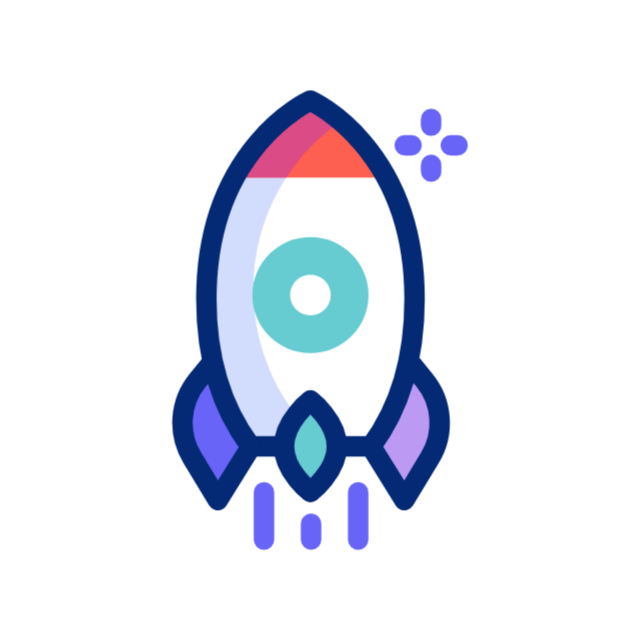What New Breakthroughs Did OpenAI Reveal at Dev Day?
OpenAI’s recent event showed fresh progress in artificial intelligence. Developers, creators, and businesses wait to see how these changes shape AI’s work in software and daily apps. This is what you need to know about the tech updates and real ways to use them.
Main Ideas and Details
-
New AI models with more capabilities
OpenAI shared new model versions that show better word grasp, longer text tracking, and steady results. These models work well in creative writing, coding, and hard problem work. The models can hold words close in long talks so that AI helps with tasks that need many steps. -
More AI tools you can adjust
OpenAI introduced AI interfaces that you can tweak for special uses or a brand’s unique tone with little extra coding. This lets creators build chatbots that speak in a friendly tone, virtual assistants fit for a sector, or text makers that write in a unique voice. Developers now shape apps that speak the same language as their team or customers. -
Bigger support for developers and more ties to other tools
New SDKs and APIs make it simpler to add AI into many places—from mobile apps to business programs. OpenAI builds new partnerships to put AI in common productivity tools so that it helps a wide range of people. You might soon see smarter email drafts, quick data checks, and project management with AI as a normal part of work.
Key Ideas and Real-Life Cases
• Longer input spans: The new models work with texts that are much longer. This lets AI read long documents, follow detailed commands, and keep track of long workflows.
• Custom AI characters: Developers set roles for AI to vary how it replies. For instance, the AI can speak with formality in legal work or talk in a relaxed way for support.
• Coding helpers that spot errors: The updated AI not only writes code snippets but also finds mistakes and suggests fixes. This speeds up the process of building software.
• Better access features: Faster speech-to-text and support for many languages help make apps useful for teams around the world and users with different needs.
Who Gains Most?
• Developers who need better tools for writing code and fixing bugs
• Businesses that want personal chatbots for talking with customers
• Writers who seek help with tailored text creation
• Teams that look to save time on routine work and boost teamwork with AI
Why It Counts Now
When AI quickly "gets" tough tasks and fits the way you work, it falls into your daily routine with ease. This change cuts back on time spent on small or technical work and steers focus toward new ideas, clear plans, and solving problems.
How to Get Ready and Use These Tools
• Try out new APIs and adjust AI settings to fit your tasks
• Use the longer text skills to build AI helpers for work like reviewing contracts or summarizing long research
• Think of many ways to use it—from making chatbots that connect well with users to speeding up reviews of code
• Keep up with ties to common tools so that you add AI help where your team already works
Next Steps
For developers and businesses keen to use these new AI features, now is a good time to test out OpenAI tools. Trying out early apps or connecting with new SDKs can show how these changes speed up work and create friendlier apps.
Since AI is now part of more software, those who use these strong features early may lead in making smarter and more flexible digital work.
Start with OpenAI’s developer resources and see how these new tools can fix real challenges in your work. The future of AI-driven productivity is on its way—and trying them now helps you be ready for what comes next.


